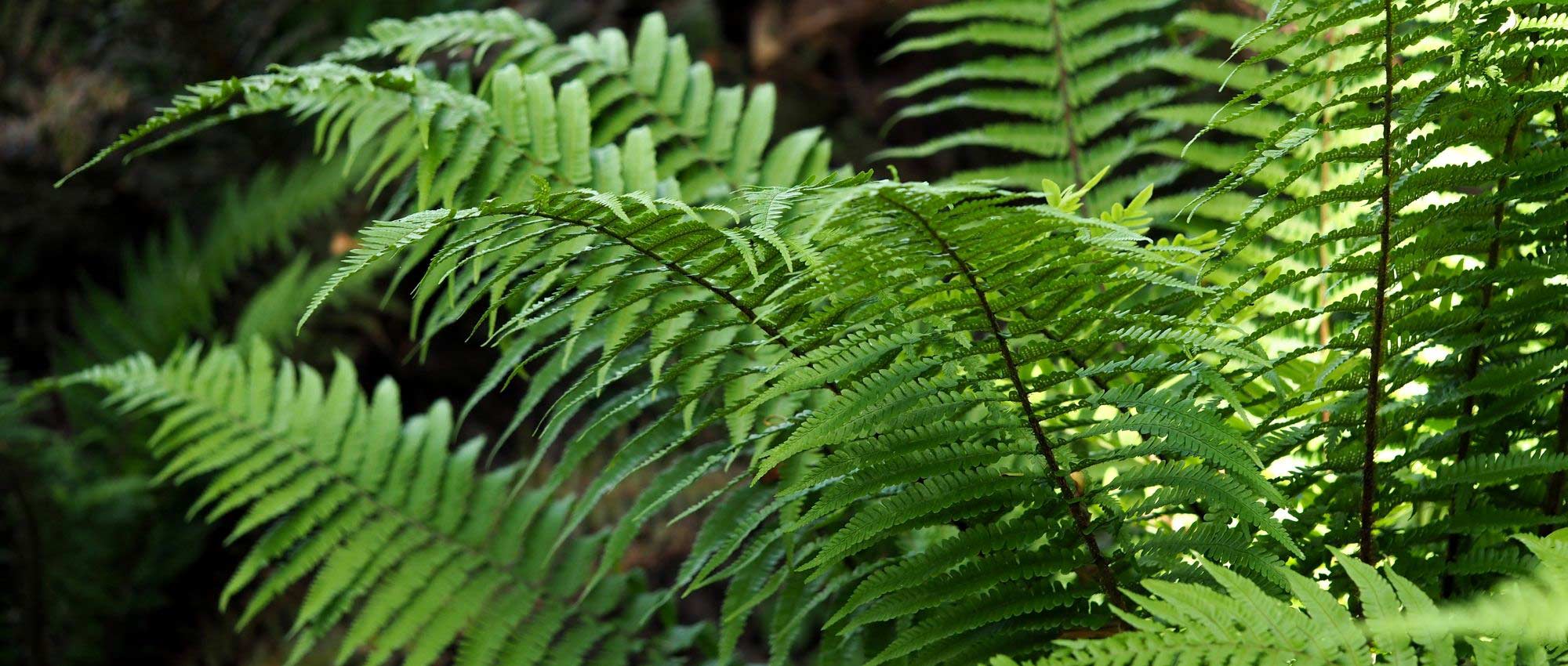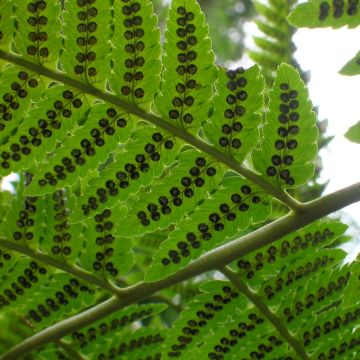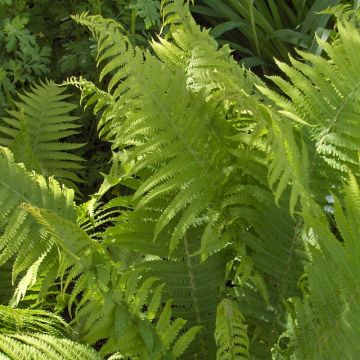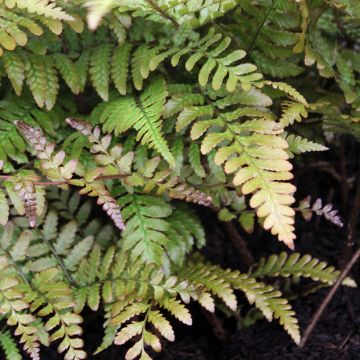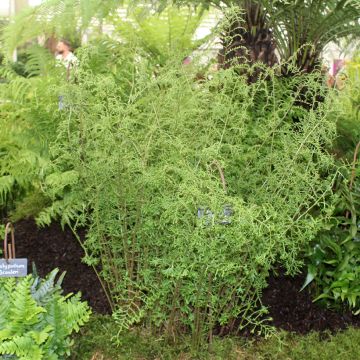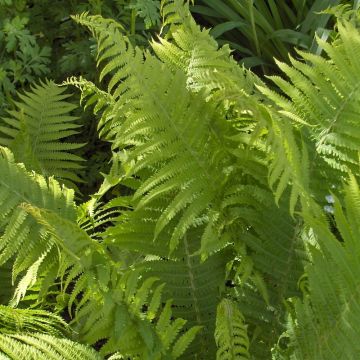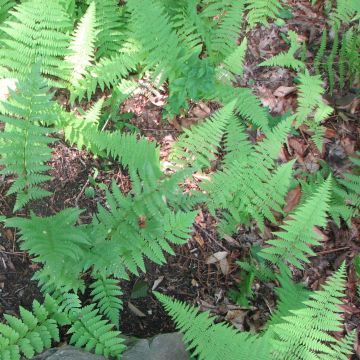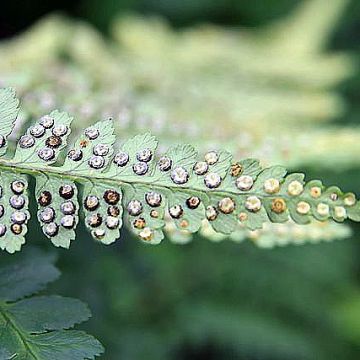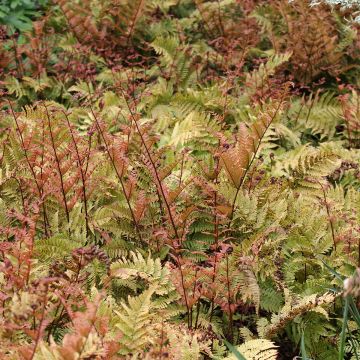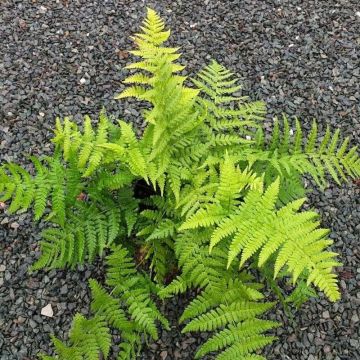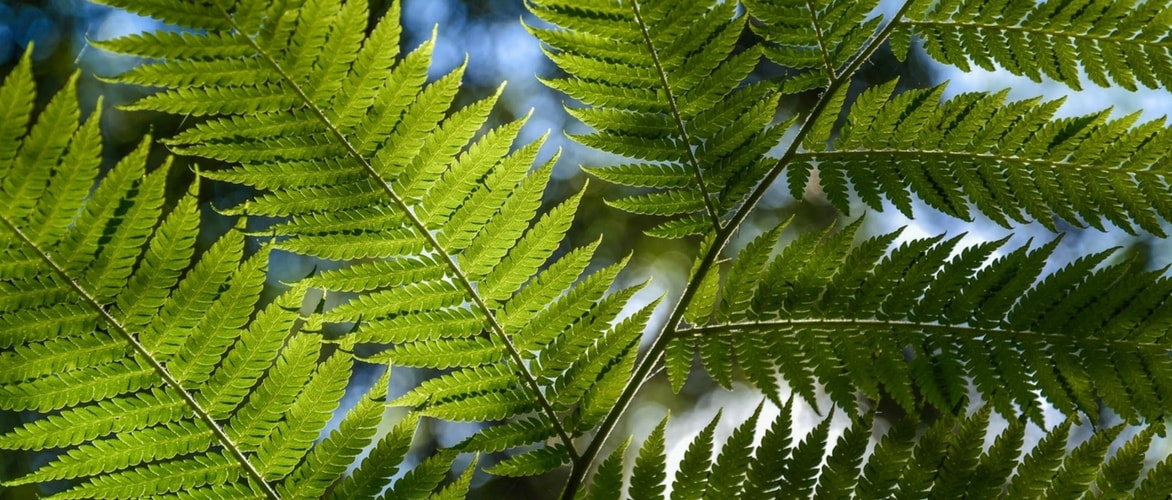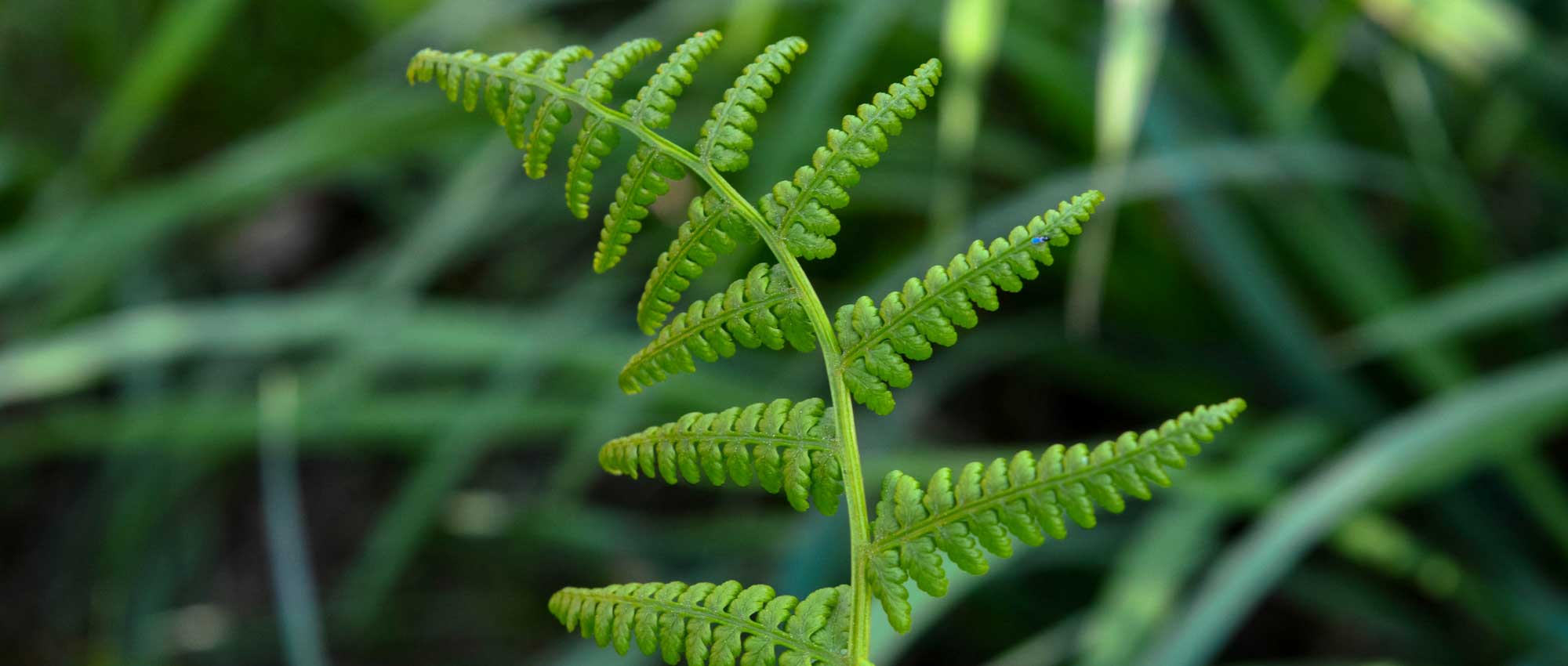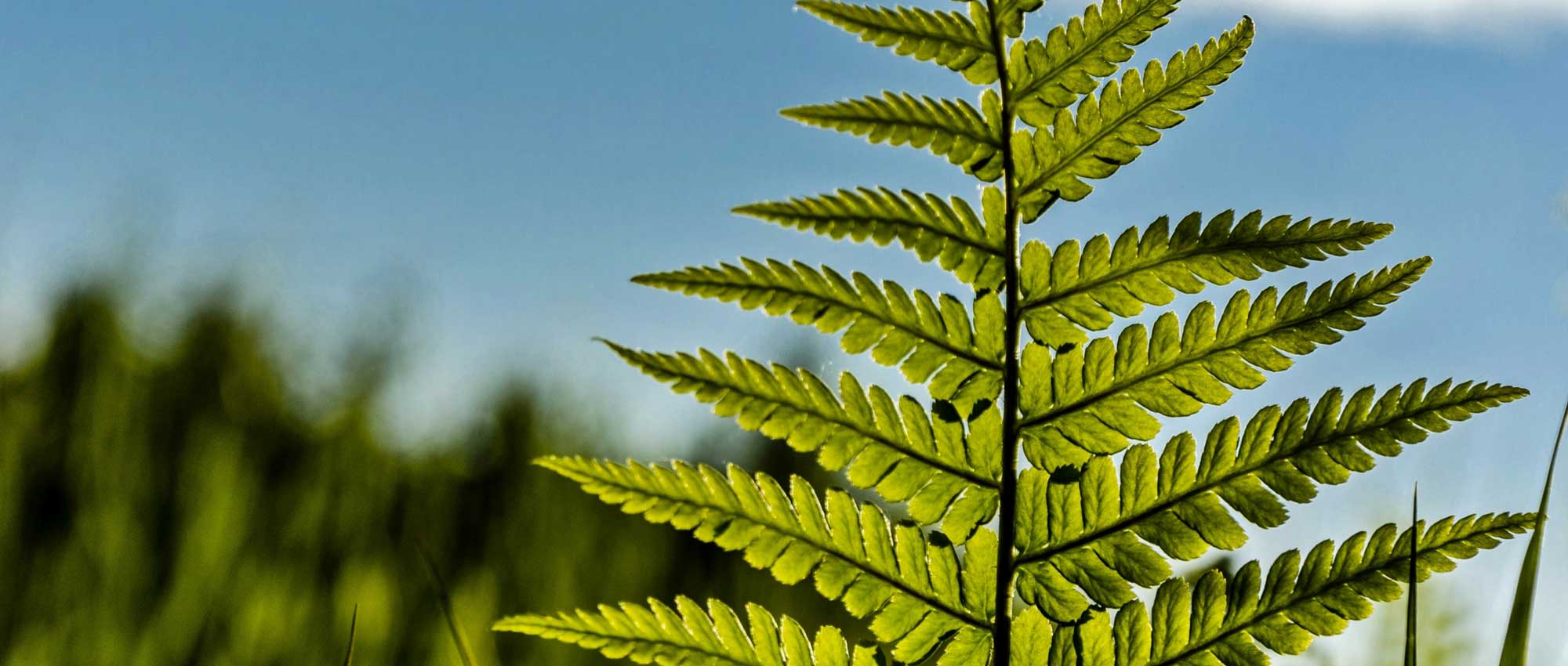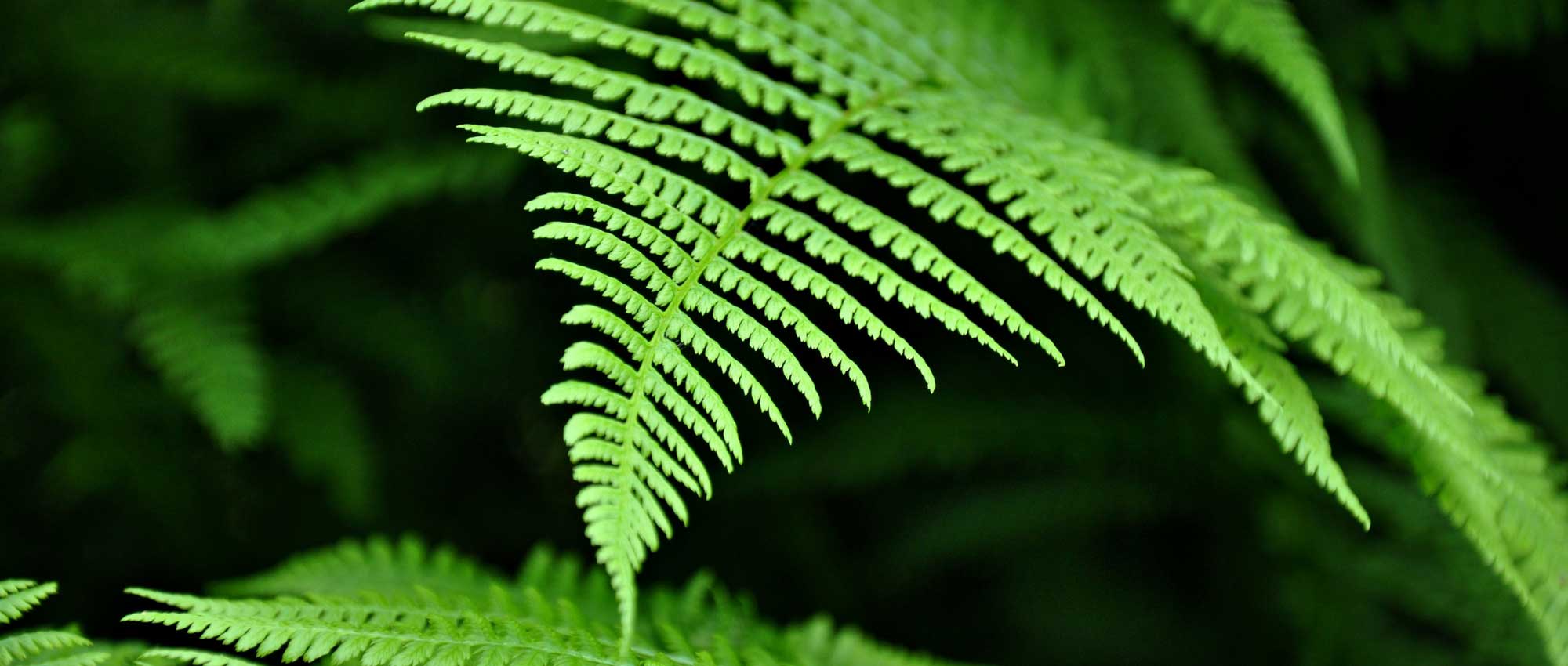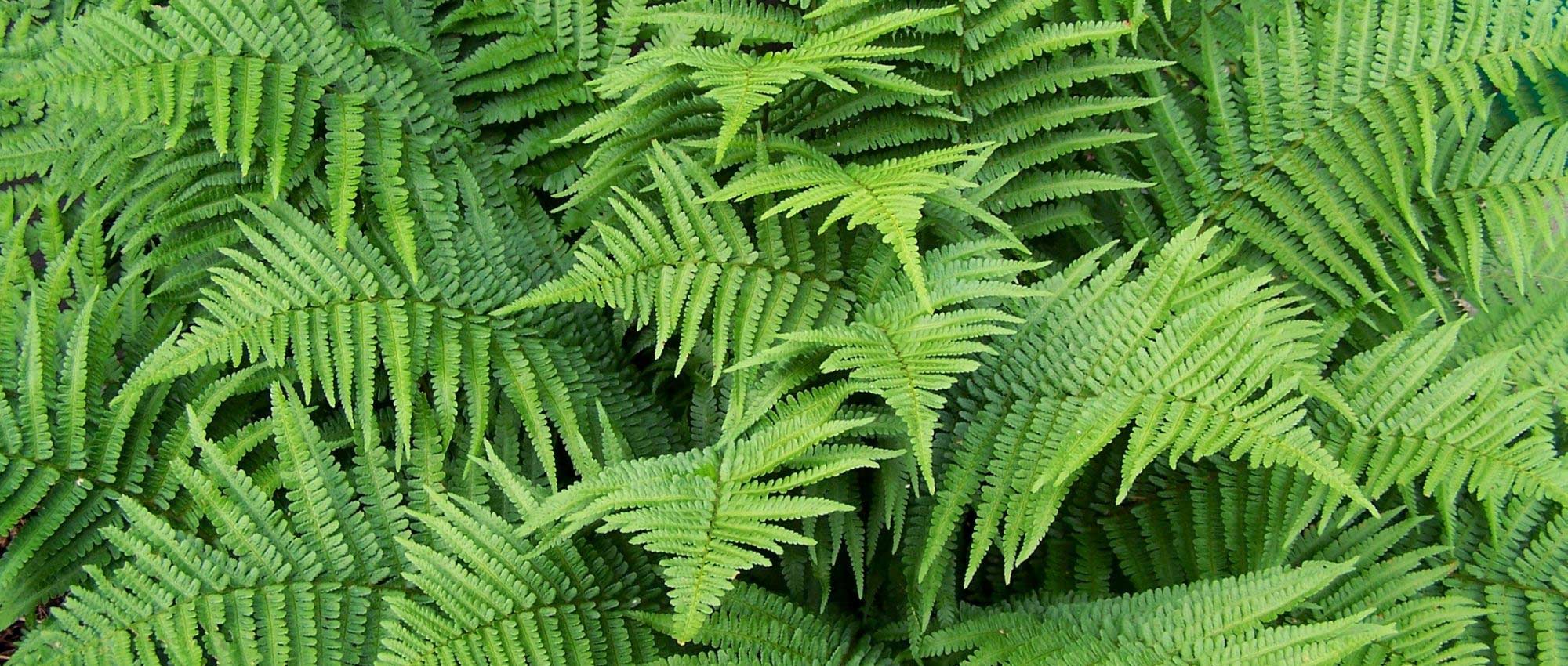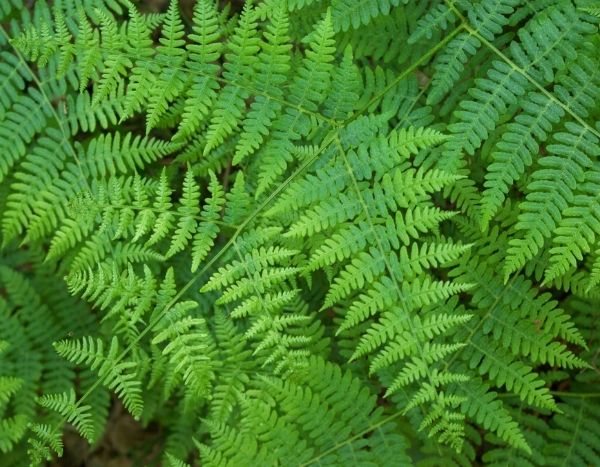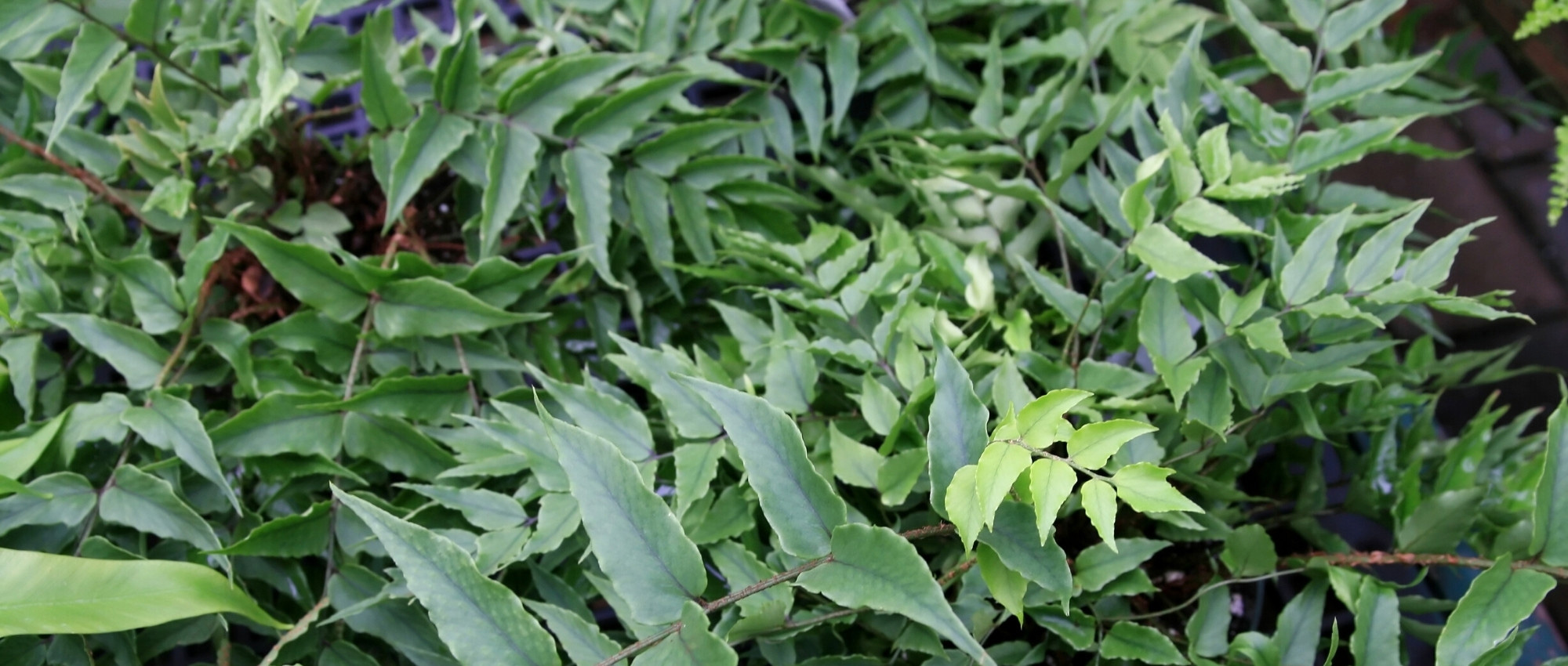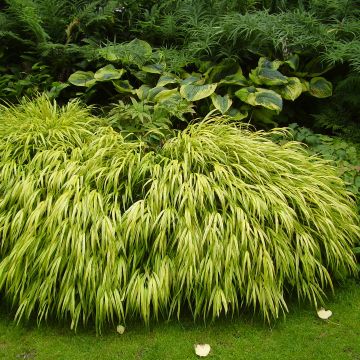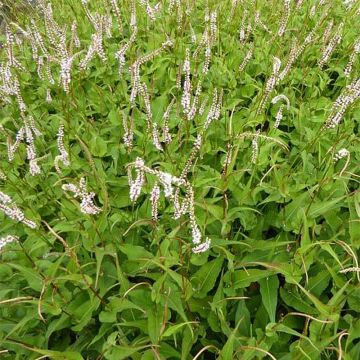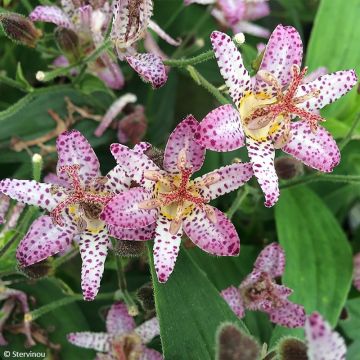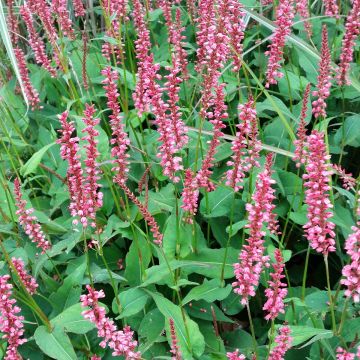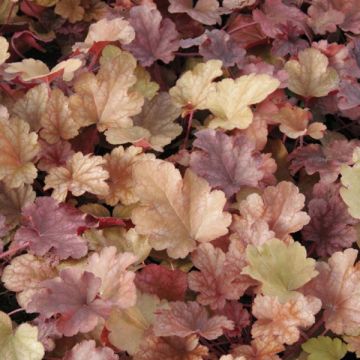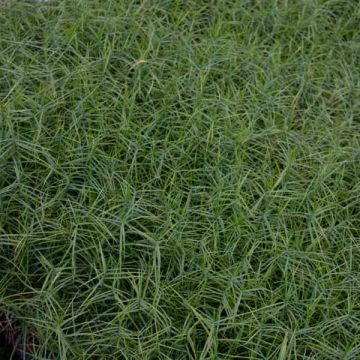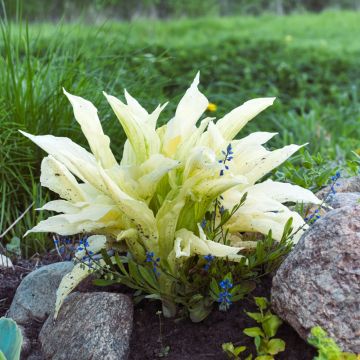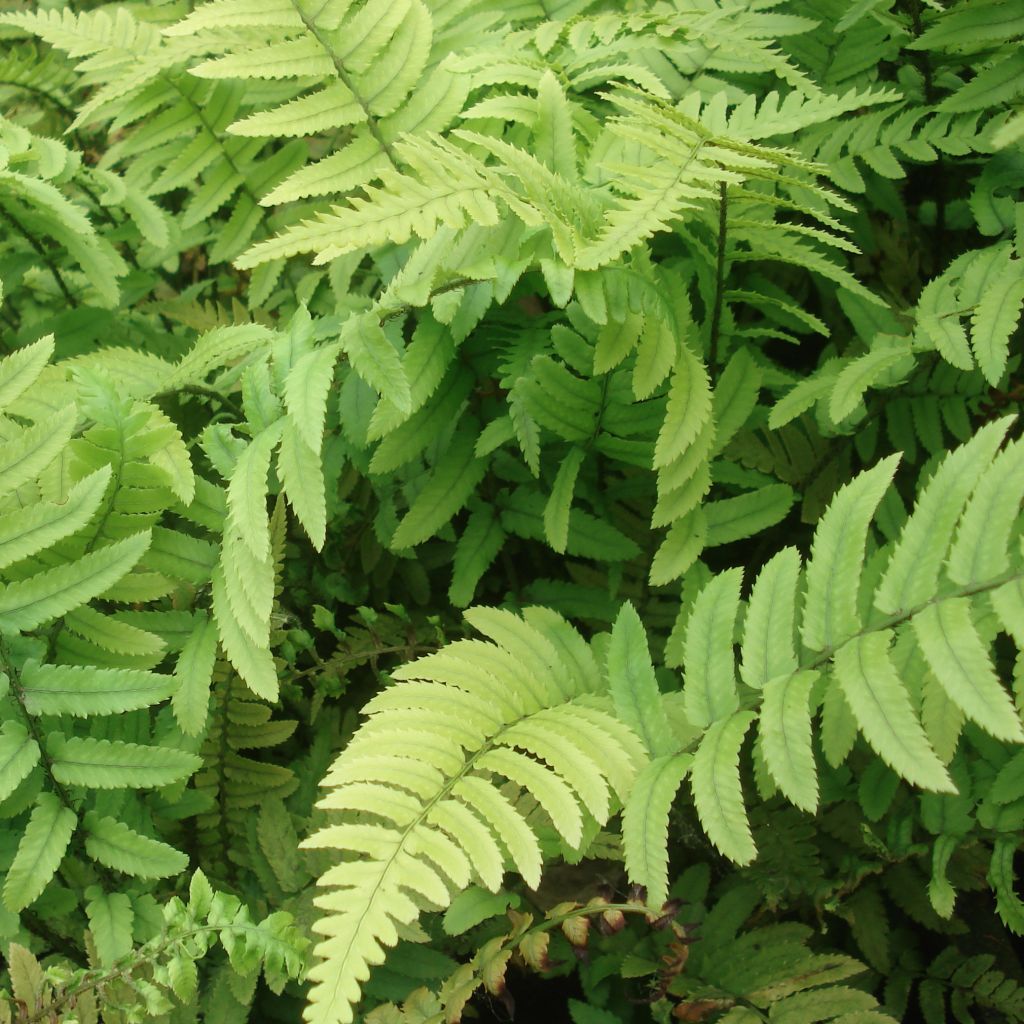

Dryopteris cycadina - Black Wood Fern
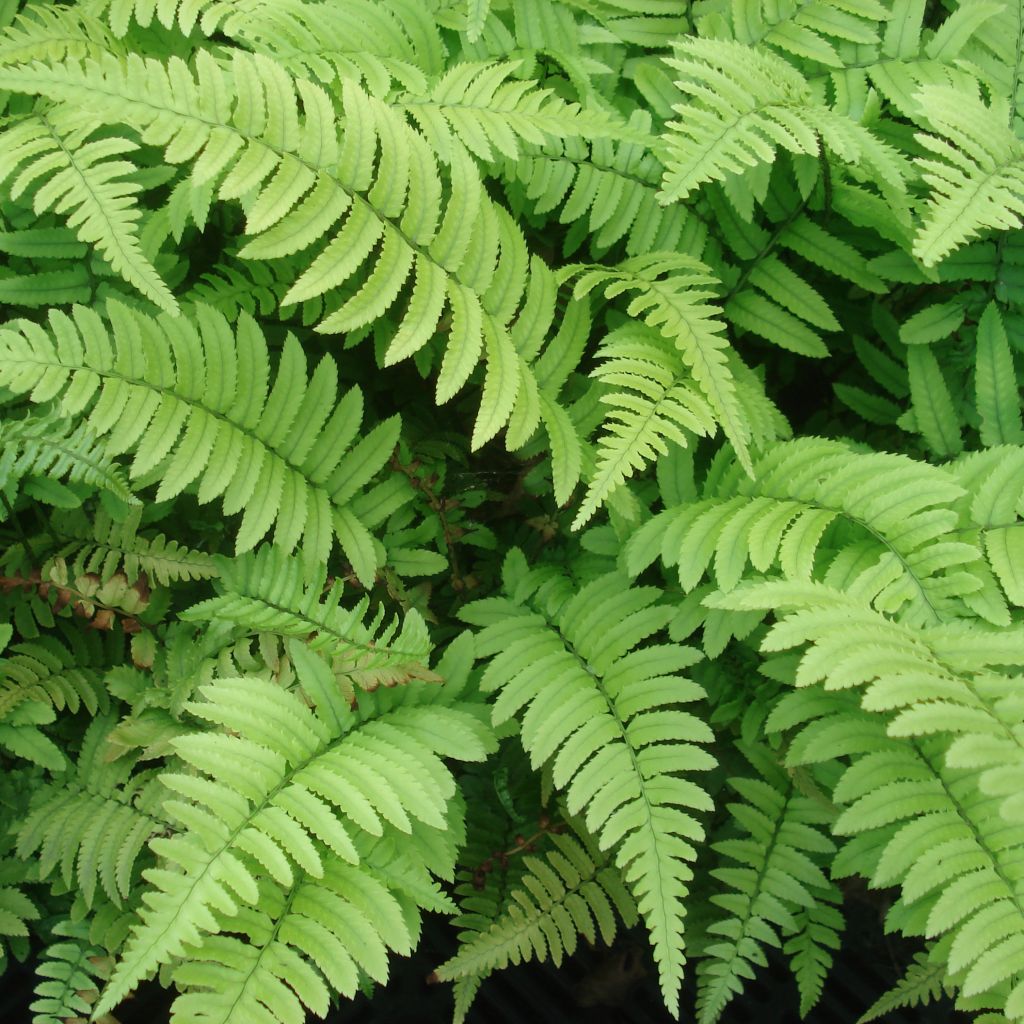

Dryopteris cycadina - Black Wood Fern
Dryopteris cycadina - Black Wood Fern
Dryopteris cycadina
Shaggy Shield Fern, Black Wood Fern
Beautiful young plant upon receipt
Cecile, 22/04/2023
Special offer!
Receive a €20 voucher for any order over €90 (excluding delivery costs, credit notes, and plastic-free options)!
1- Add your favorite plants to your cart.
2- Once you have reached €90, confirm your order (you can even choose the delivery date!).
3- As soon as your order is shipped, you will receive an email containing your voucher code, valid for 3 months (90 days).
Your voucher is unique and can only be used once, for any order with a minimum value of €20, excluding delivery costs.
Can be combined with other current offers, non-divisible and non-refundable.
Home or relay delivery (depending on size and destination)
Schedule delivery date,
and select date in basket
This plant carries a 12 months recovery warranty
More information
We guarantee the quality of our plants for a full growing cycle, and will replace at our expense any plant that fails to recover under normal climatic and planting conditions.


Would this plant suit my garden?
Set up your Plantfit profile →
Description
Dryopteris cycadina (atrata) is a robust fern of Japanese origin, with graceful lance-shaped fronds that are particularly stylised, with their streamlined shape and contrasting colour, bright green highlighted with black. The plant forms a nicely symmetrical upright clump, composed of light leaves that gently arch at their tips, with rachis and veins covered in almost black scales. This evergreen to semi-evergreen species can sometimes be a bit frost-sensitive, but it thrives easily in partially shaded beds, in well-drained, humus-rich soil that is not too dry.
Dryopteris cycadina is a fern that owes its name to the general shape of its frond, which resembles that of the Cycas revoluta. This perennial plant of the dryopteridaceae family is native to oak forests in the north of India, China, Taiwan, and Japan. Its robust stump is composed of short creeping rhizomes, from which arise in spring curled young fronds covered in black scales. They unfurl and develop into upright fronds, with the tips slightly arched towards the ground. They are borne on long petioles and arranged in a regular crown, forming a clump that is 60 to 70cm (24 to 28in) tall and 50 to 60cm (20 to 24in) wide. Petiole and rachis remain covered in shiny, dark brown scales, and the undersides of the pinnae are marked with black veins. These fine dark lines precisely highlight the fairly light green of the lamina, and the smallest details of the leaf architecture. Generally evergreen, this species can sometimes be partially deciduous in cold climates, which can damage the foliage if not protected with mulch.
The Dryopteris cycadina is a fern with refined, precious, and sophisticated aesthetics, to be planted as a specimen or in partially shaded beds, alongside light or silver foliage, such as that of Brunnera macrophylla 'Jack Frost' for example, or next to colourful creeping bugles, like Ajuga reptans 'Atropurpurea', with its almost black chocolate foliage, or Ajuga reptans 'Burgundi Glow' with its silver-green or golden-green leaves variegated with wine red. In cold areas, a layer of dead leaves should be placed over the stump to prevent potential damage from frost.
Dryopteris cycadina - Black Wood Fern in pictures
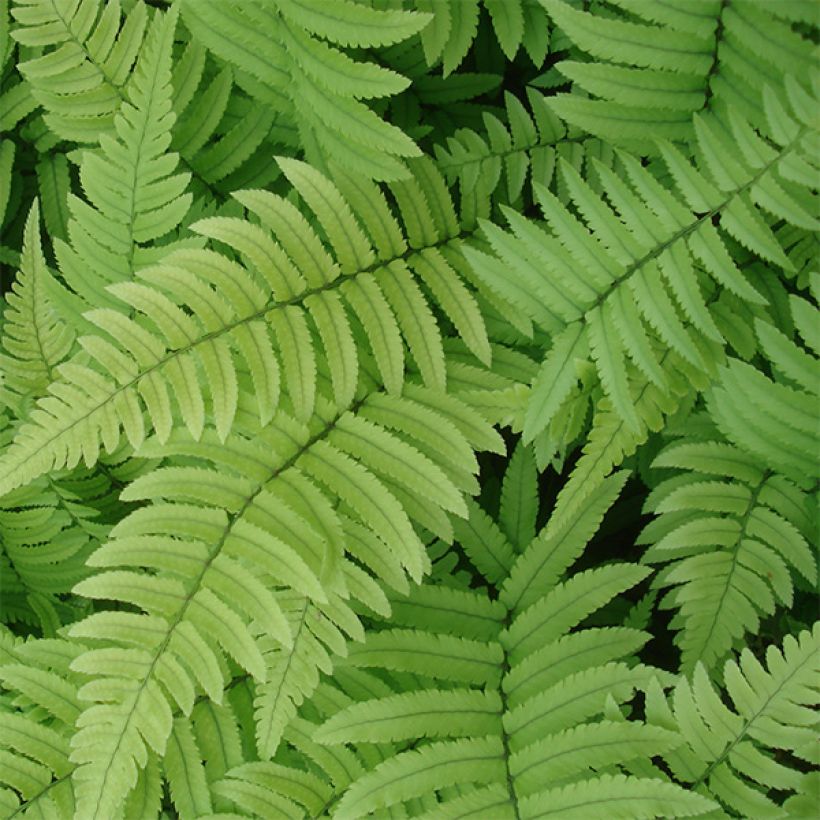

Foliage
Plant habit
Botanical data
Dryopteris
cycadina
Dryopteridaceae
Shaggy Shield Fern, Black Wood Fern
Southeast Asia
Other Dryopteris
View all →Planting and care
This Dryopteris is planted in partial shade, sheltered from strong winds that could damage its fronds. It thrives in a humus-rich and fertile soil that remains moist in the summer. This fern is sensitive to limestone and waterlogged soils in winter. Its hardiness (up to -15°C (5°F)) can sometimes be insufficient in very cold regions, especially if one does not take care to mulch its stump with a thick layer of dead leaves at the beginning of winter.
Planting period
Intended location
Care
Planting & care advice
-
, onOrder confirmed
Reply from on Promesse de fleurs
Similar products
Haven't found what you were looking for?
Hardiness is the lowest winter temperature a plant can endure without suffering serious damage or even dying. However, hardiness is affected by location (a sheltered area, such as a patio), protection (winter cover) and soil type (hardiness is improved by well-drained soil).

Photo Sharing Terms & Conditions
In order to encourage gardeners to interact and share their experiences, Promesse de fleurs offers various media enabling content to be uploaded onto its Site - in particular via the ‘Photo sharing’ module.
The User agrees to refrain from:
- Posting any content that is illegal, prejudicial, insulting, racist, inciteful to hatred, revisionist, contrary to public decency, that infringes on privacy or on the privacy rights of third parties, in particular the publicity rights of persons and goods, intellectual property rights, or the right to privacy.
- Submitting content on behalf of a third party;
- Impersonate the identity of a third party and/or publish any personal information about a third party;
In general, the User undertakes to refrain from any unethical behaviour.
All Content (in particular text, comments, files, images, photos, videos, creative works, etc.), which may be subject to property or intellectual property rights, image or other private rights, shall remain the property of the User, subject to the limited rights granted by the terms of the licence granted by Promesse de fleurs as stated below. Users are at liberty to publish or not to publish such Content on the Site, notably via the ‘Photo Sharing’ facility, and accept that this Content shall be made public and freely accessible, notably on the Internet.
Users further acknowledge, undertake to have ,and guarantee that they hold all necessary rights and permissions to publish such material on the Site, in particular with regard to the legislation in force pertaining to any privacy, property, intellectual property, image, or contractual rights, or rights of any other nature. By publishing such Content on the Site, Users acknowledge accepting full liability as publishers of the Content within the meaning of the law, and grant Promesse de fleurs, free of charge, an inclusive, worldwide licence for the said Content for the entire duration of its publication, including all reproduction, representation, up/downloading, displaying, performing, transmission, and storage rights.
Users also grant permission for their name to be linked to the Content and accept that this link may not always be made available.
By engaging in posting material, Users consent to their Content becoming automatically accessible on the Internet, in particular on other sites and/or blogs and/or web pages of the Promesse de fleurs site, including in particular social pages and the Promesse de fleurs catalogue.
Users may secure the removal of entrusted content free of charge by issuing a simple request via our contact form.
The flowering period indicated on our website applies to countries and regions located in USDA zone 8 (France, the United Kingdom, Ireland, the Netherlands, etc.)
It will vary according to where you live:
- In zones 9 to 10 (Italy, Spain, Greece, etc.), flowering will occur about 2 to 4 weeks earlier.
- In zones 6 to 7 (Germany, Poland, Slovenia, and lower mountainous regions), flowering will be delayed by 2 to 3 weeks.
- In zone 5 (Central Europe, Scandinavia), blooming will be delayed by 3 to 5 weeks.
In temperate climates, pruning of spring-flowering shrubs (forsythia, spireas, etc.) should be done just after flowering.
Pruning of summer-flowering shrubs (Indian Lilac, Perovskia, etc.) can be done in winter or spring.
In cold regions as well as with frost-sensitive plants, avoid pruning too early when severe frosts may still occur.
The planting period indicated on our website applies to countries and regions located in USDA zone 8 (France, United Kingdom, Ireland, Netherlands).
It will vary according to where you live:
- In Mediterranean zones (Marseille, Madrid, Milan, etc.), autumn and winter are the best planting periods.
- In continental zones (Strasbourg, Munich, Vienna, etc.), delay planting by 2 to 3 weeks in spring and bring it forward by 2 to 4 weeks in autumn.
- In mountainous regions (the Alps, Pyrenees, Carpathians, etc.), it is best to plant in late spring (May-June) or late summer (August-September).
The harvesting period indicated on our website applies to countries and regions in USDA zone 8 (France, England, Ireland, the Netherlands).
In colder areas (Scandinavia, Poland, Austria...) fruit and vegetable harvests are likely to be delayed by 3-4 weeks.
In warmer areas (Italy, Spain, Greece, etc.), harvesting will probably take place earlier, depending on weather conditions.
The sowing periods indicated on our website apply to countries and regions within USDA Zone 8 (France, UK, Ireland, Netherlands).
In colder areas (Scandinavia, Poland, Austria...), delay any outdoor sowing by 3-4 weeks, or sow under glass.
In warmer climes (Italy, Spain, Greece, etc.), bring outdoor sowing forward by a few weeks.






























